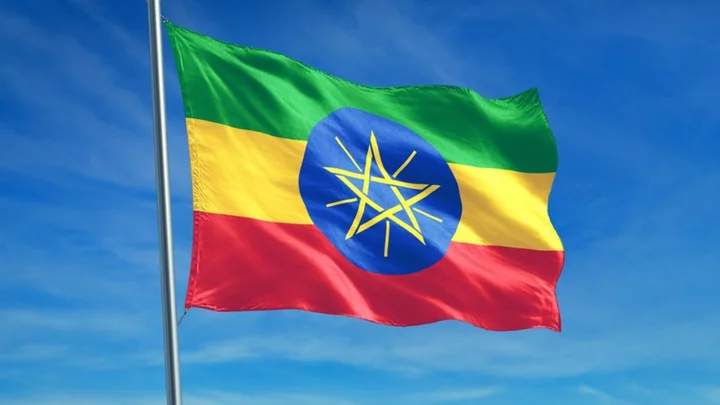Here's why it is 2016 in Ethiopia
Ever wanted to travel back in time? Well, now you can! (Kind of) You see, whilst the world largely uses the Gregorian calendar, introduced in 1582 by Pope Gregory XIII, some countries have different ways of dividing the year, such as Ethiopia. Prior to the Gregorian calendar most of the Roman World and Europe used the Julian calendar, introduced by Julien Caesar in 45 BCE. The reason the Julian calendar was phased out and replaced is because it was slightly out of sync with the Earth's orbit around the Sun. The transition was not easy, spanning hundreds of years and meaning countries lost between 10 and 13 days. In Ethiopia it is currently 2016 (maybe someone should warn them of what's to come?) Ethiopians follow a 13 month calendar - Meskerem, Tikimt, Hidar, Tahsas, Sir, Yakatit, Maggabit, Myazya, Ginbot, Sene, Hamle, Nehasa, and Pagume. 12 of the months consist of exactly 30 days each, with the final month having five or six days, depending on whether it's a leap year. The time of day is different to how most us understand it too, with the day divided into two 12-hour halves that begin at 6am rather than midnight. The reason it's currently 2016 in Ethiopia goes back to 500 CE. In 500 CE, the Catholic Church changed its calculations of when Jesus was born, but the Ethiopian church did not, and as an extra side bonus this places their new year on the Gregorian September 11. Due to never being colonised, Ethiopia continued to use the older calculations resulting in them living in 2016. Sign up to our free Indy100 weekly newsletter Have your say in our news democracy. Click the upvote icon at the top of the page to help raise this article through the indy100 rankings.

Ever wanted to travel back in time? Well, now you can! (Kind of)
You see, whilst the world largely uses the Gregorian calendar, introduced in 1582 by Pope Gregory XIII, some countries have different ways of dividing the year, such as Ethiopia.
Prior to the Gregorian calendar most of the Roman World and Europe used the Julian calendar, introduced by Julien Caesar in 45 BCE.
The reason the Julian calendar was phased out and replaced is because it was slightly out of sync with the Earth's orbit around the Sun. The transition was not easy, spanning hundreds of years and meaning countries lost between 10 and 13 days.
In Ethiopia it is currently 2016 (maybe someone should warn them of what's to come?) Ethiopians follow a 13 month calendar - Meskerem, Tikimt, Hidar, Tahsas, Sir, Yakatit, Maggabit, Myazya, Ginbot, Sene, Hamle, Nehasa, and Pagume. 12 of the months consist of exactly 30 days each, with the final month having five or six days, depending on whether it's a leap year.
The time of day is different to how most us understand it too, with the day divided into two 12-hour halves that begin at 6am rather than midnight.
The reason it's currently 2016 in Ethiopia goes back to 500 CE. In 500 CE, the Catholic Church changed its calculations of when Jesus was born, but the Ethiopian church did not, and as an extra side bonus this places their new year on the Gregorian September 11.
Due to never being colonised, Ethiopia continued to use the older calculations resulting in them living in 2016.
Sign up to our free Indy100 weekly newsletter
Have your say in our news democracy. Click the upvote icon at the top of the page to help raise this article through the indy100 rankings.









